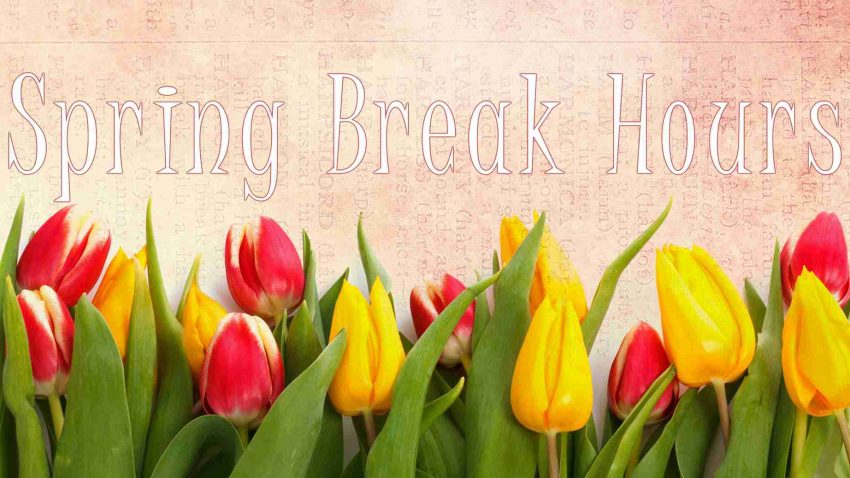by Christian Boyles
March 2018
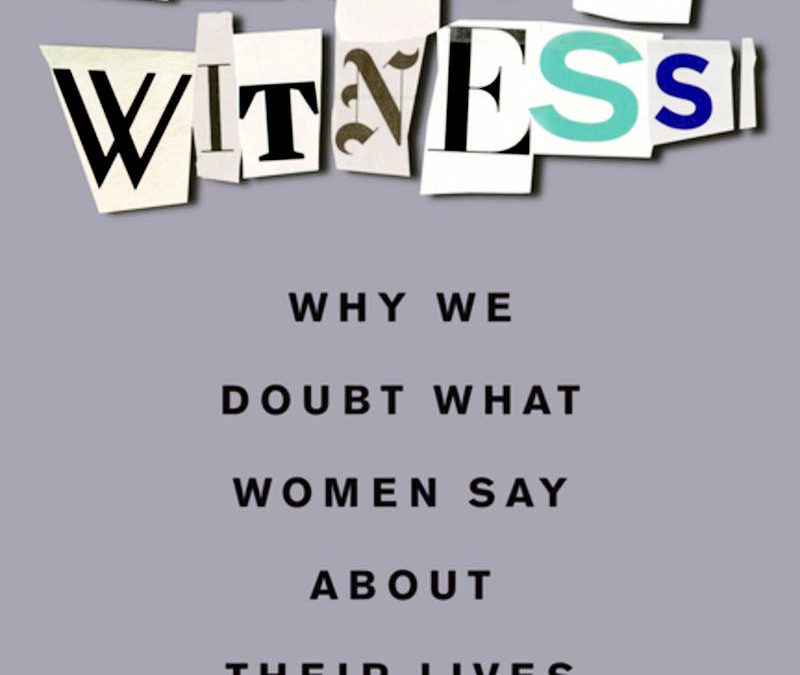 Tainted Witness: Why We Doubt What Women Say About Their Lives
Tainted Witness: Why We Doubt What Women Say About Their Lives
K3243 .G55 2017
About the Book
In 1991, Anita Hill’s testimony during Clarence Thomas’s Senate confirmation hearing brought the problem of sexual harassment to a public audience. Although widely believed by women, Hill was defamed by conservatives and Thomas was confirmed to the Supreme Court. The tainting of Hill and her testimony is part of a larger social history in which women find themselves caught up in a system that refuses to believe what they say. Hill’s experience shows how a tainted witness is not who someone is, but what someone can become. Tainted Witness examines how gender, race, and doubt stick to women witnesses as their testimony circulates in search of an adequate witness. Judgment falls unequally upon women who bear witness, as well-known conflicts about testimonial authority in the late twentieth and early twenty-first centuries reveal. Women’s testimonial accounts demonstrate both the symbolic potency of women’s bodies and speech in the public sphere and the relative lack of institutional security and control to which they can lay claim. Each testimonial act follows in the wake of a long and invidious association of race and gender with lying that can be found to this day within legal courts and everyday practices of judgment, defining these locations as willfully unknowing and hostile to complex accounts of harm. Bringing together feminist, literary, and legal frameworks, Leigh Gilmore provides provocative readings of what happens when women’s testimony is discredited. She demonstrates how testimony crosses jurisdictions, publics, and the unsteady line between truth and fiction in search of justice.
Is it checked out? Don’t worry about it. Here are some other titles on the subject.
Wrongful Convictions of Women: When Innocence Isn’t Enough KF9756 .F74 2016 : Marvin Free and Mitch Ruesink reveal the distinctive role that gender dynamics so often play in the miscarriage of justice. Examining more than 160 cases involving such charges as homicide, child abuse, and drug-related offenses, the authors explore systemic failures in both policing and prosecution. They also highlight the intersecting roles of gender and race. Demonstrating how women encounter circumstances that are qualitatively different than those of men, the authors illuminate unique challenges facing women in the criminal justice system.
Equality on trial: gender and rights in the modern American workplace (ebook): Synthesizing the histories of work, social movements, and civil rights in the postwar United States, Equality on Trial recovers the range of protagonists whose struggles forged the contemporary meanings of feminism, fairness, and labor rights.
Sisters of ’77 (DVD) HQ1403.N34 S67 2005: chronicles the 1977 National Women’s Conference in Houston, Texas, which took place November 18-21, 1977. The goal of the National Women’s Conference was to end discrimination against women and promote their equal rights. The conference was sponsored by President Gerald Ford’s Executive Order 11832 and federally funded through HR 9924. It brought together over 20,000 women and men from around the United States.
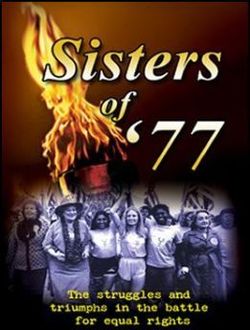 Sisters of ’77 provides a look at a pivotal weekend that changed the course of history and the lives of the women who attended. The film incorporates rare archival footage and interviews of leaders relating this history to the present. Former first ladies Lady Bird Johnson, Betty Ford, and Rosalynn Carter were notable conference participants, and many influential women leaders attended, including Bella Abzug, Betty Friedan, Gloria Steinem, Eleanor Smeal, Ann Richards, Coretta Scott King, Billie Jean King, and Barbara Jordan.[3] The attendees included a wide range of women, such as Republicans, Democrats, African Americans, Asian Americans, Latinas, Native American, pro-choice, pro-life, straight, gay, liberal and conservative women.
Sisters of ’77 provides a look at a pivotal weekend that changed the course of history and the lives of the women who attended. The film incorporates rare archival footage and interviews of leaders relating this history to the present. Former first ladies Lady Bird Johnson, Betty Ford, and Rosalynn Carter were notable conference participants, and many influential women leaders attended, including Bella Abzug, Betty Friedan, Gloria Steinem, Eleanor Smeal, Ann Richards, Coretta Scott King, Billie Jean King, and Barbara Jordan.[3] The attendees included a wide range of women, such as Republicans, Democrats, African Americans, Asian Americans, Latinas, Native American, pro-choice, pro-life, straight, gay, liberal and conservative women.

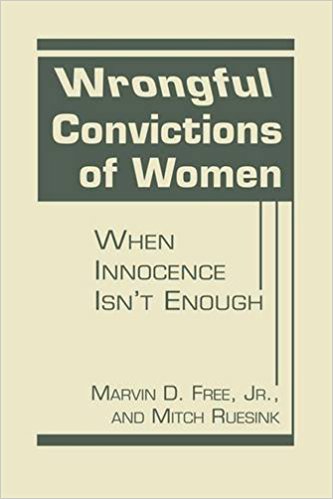
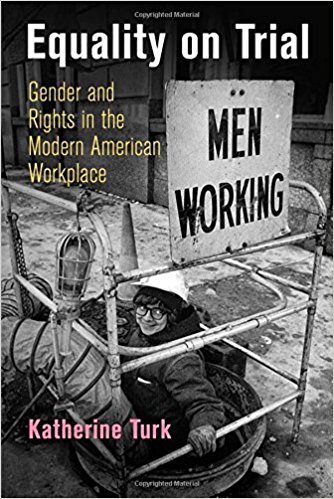


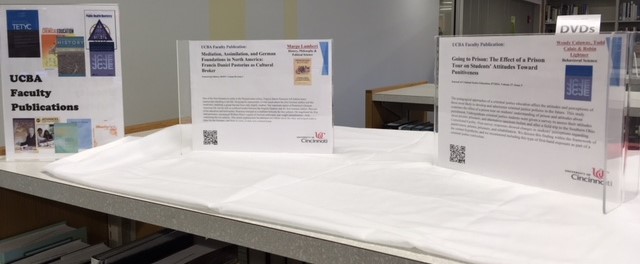

 Know of a good book to eat?! Create an Edible Book for UC Libraries International Edible Books Festival!
Know of a good book to eat?! Create an Edible Book for UC Libraries International Edible Books Festival! Looking for inspiration? Visit UC Libraries on
Looking for inspiration? Visit UC Libraries on 